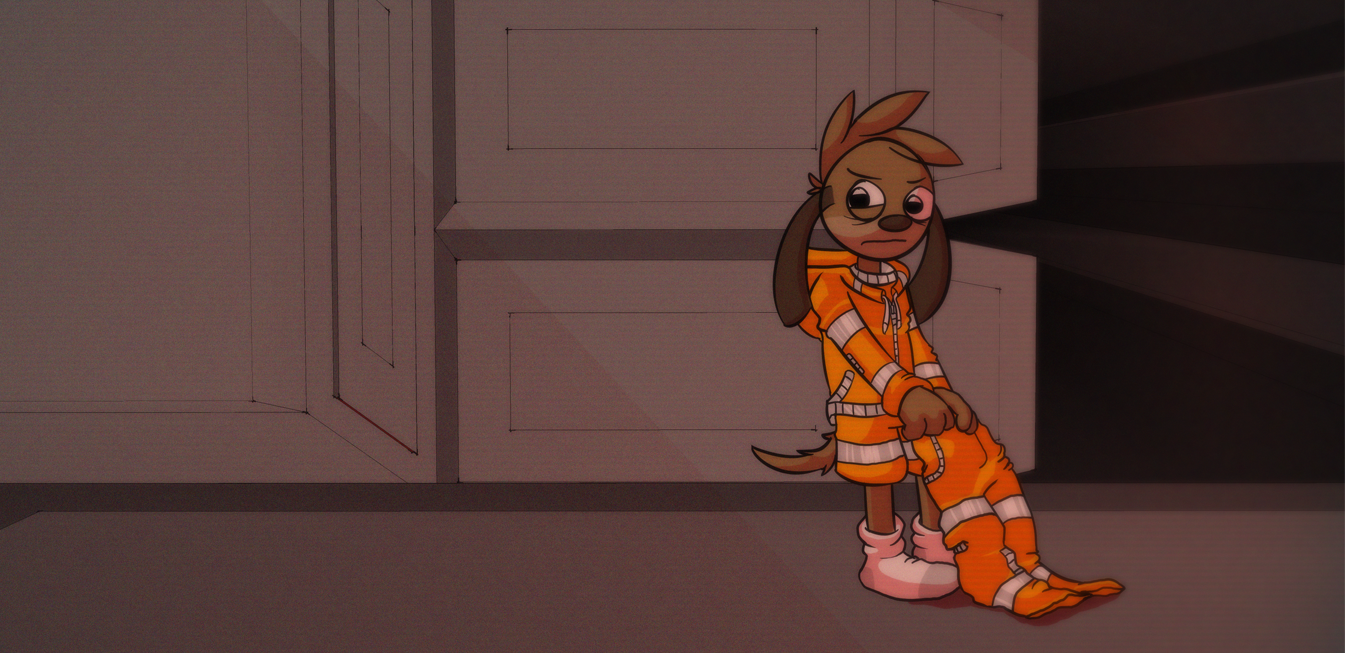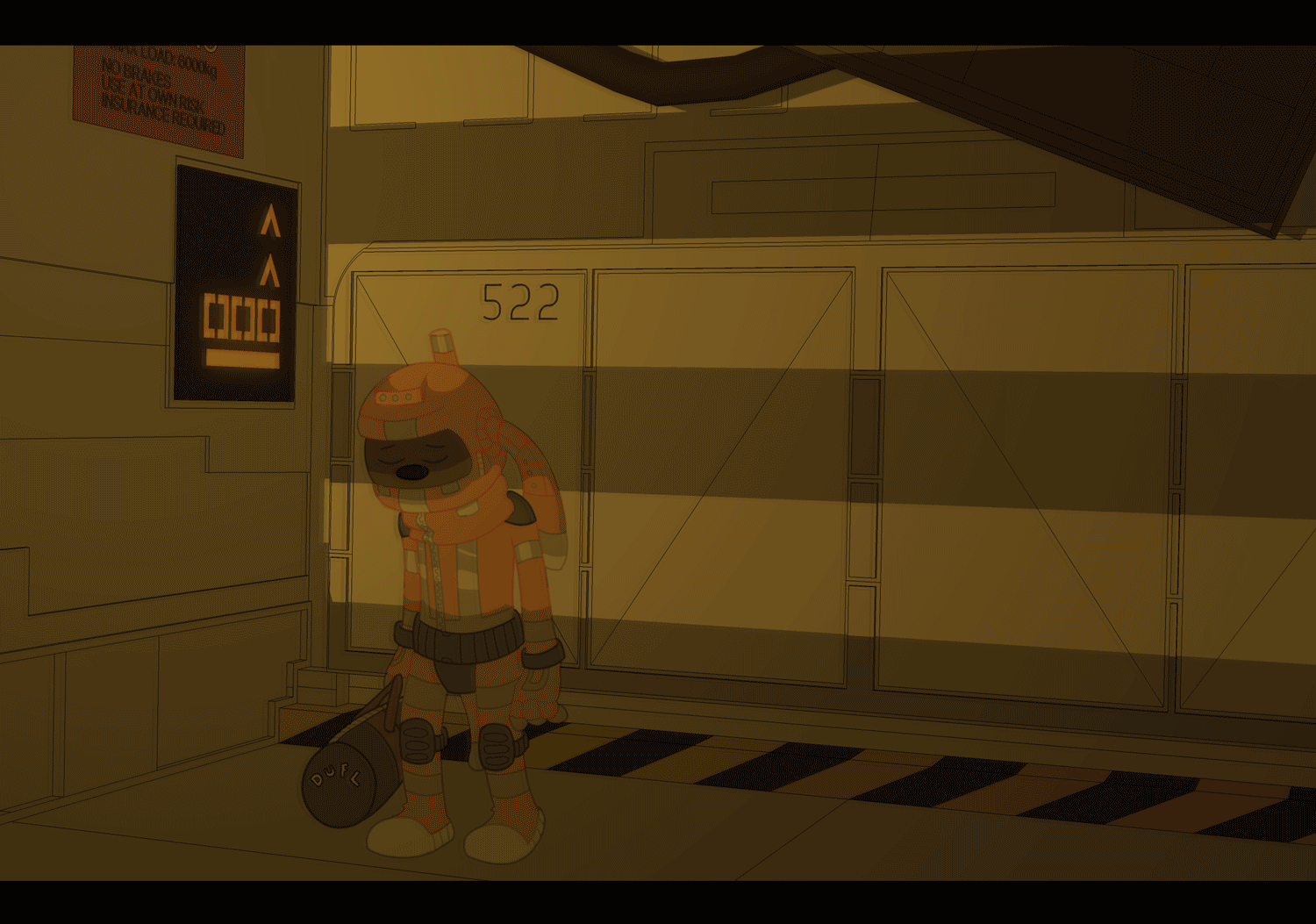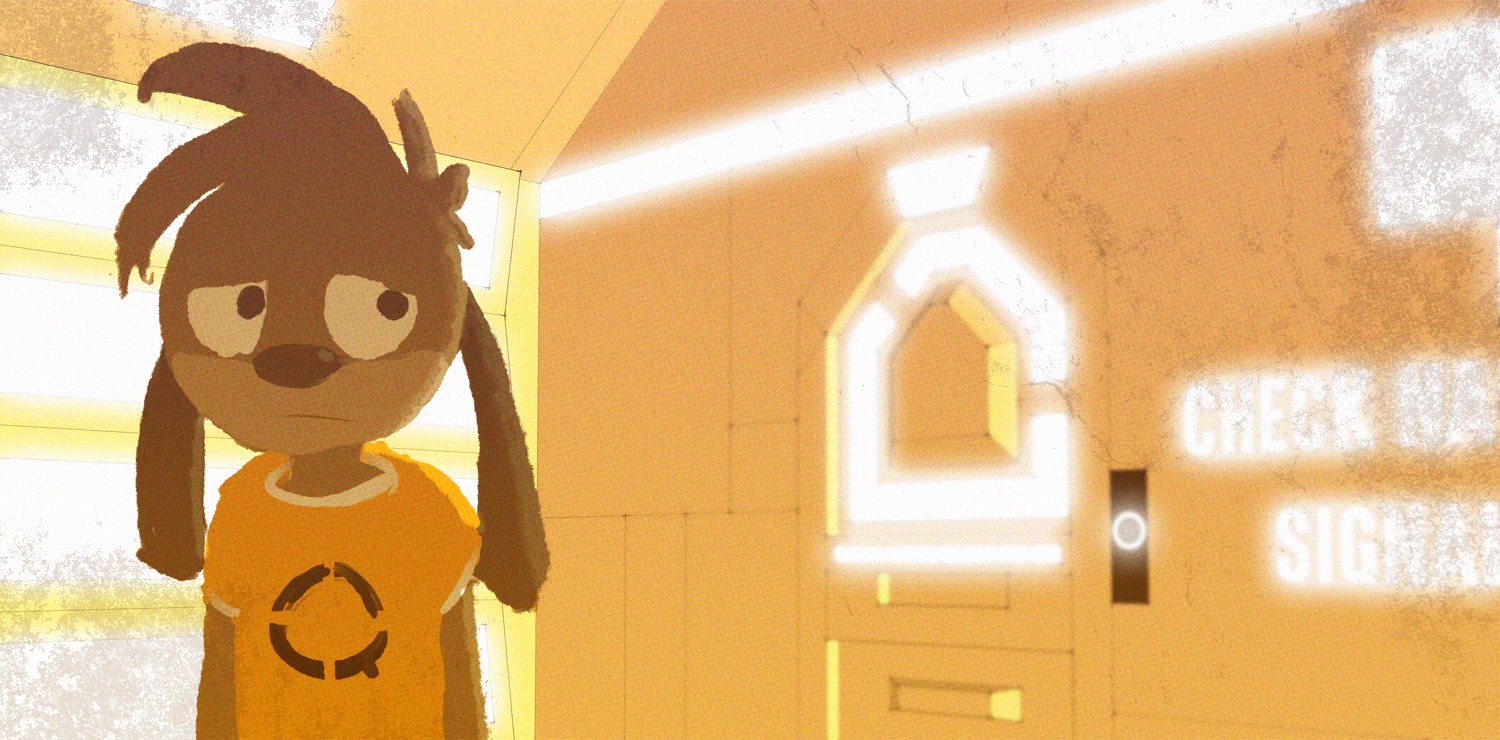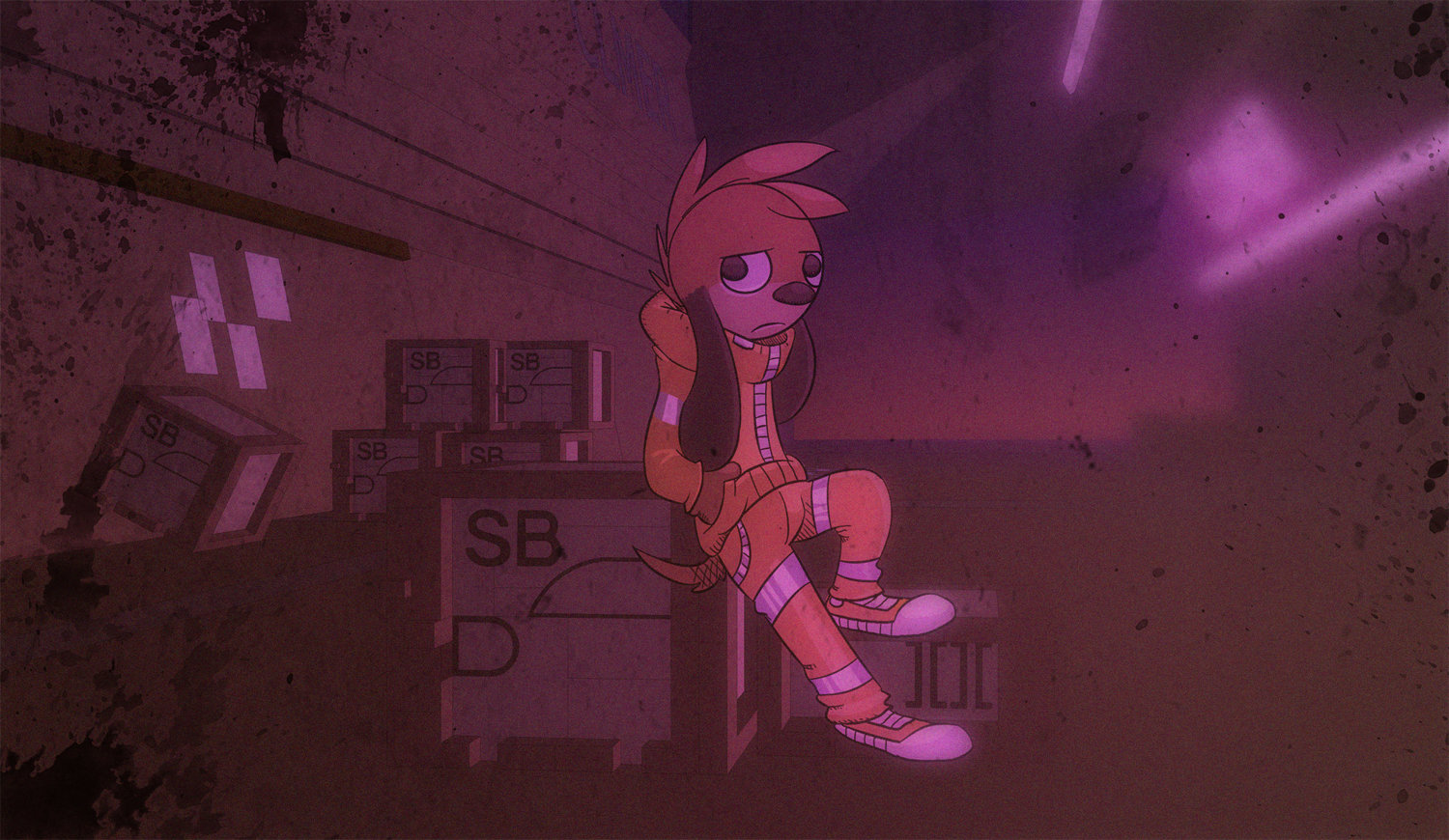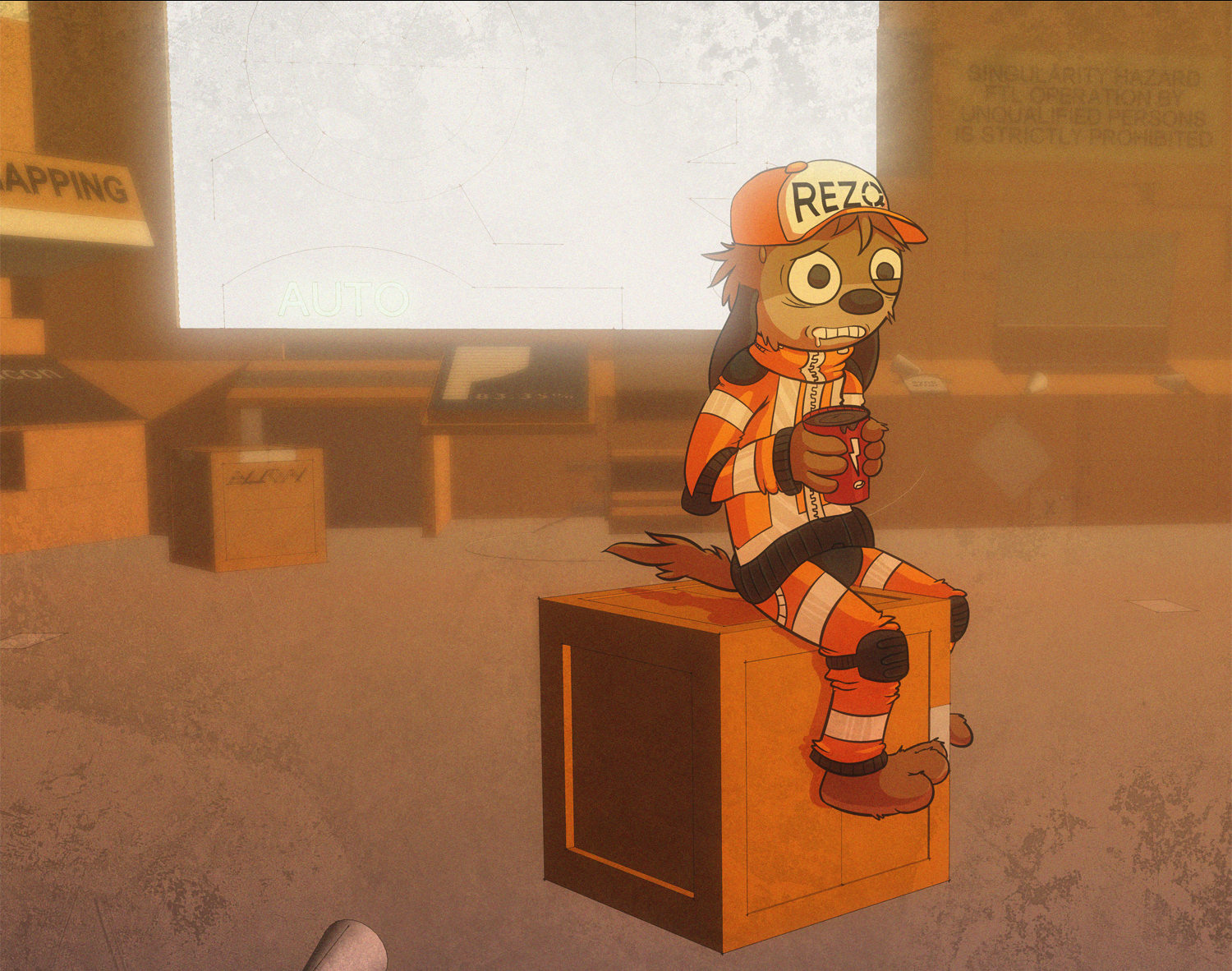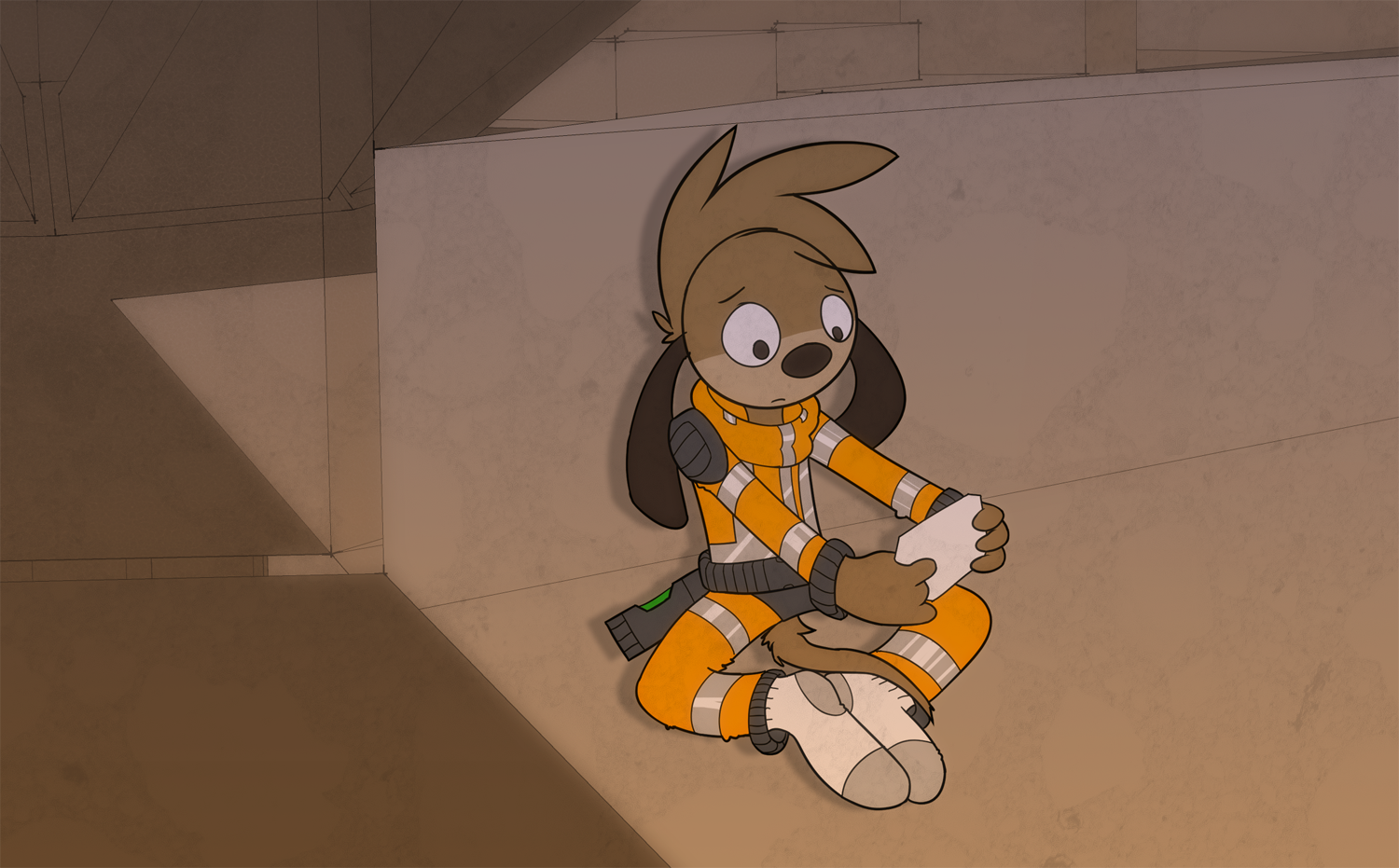FTL Relay
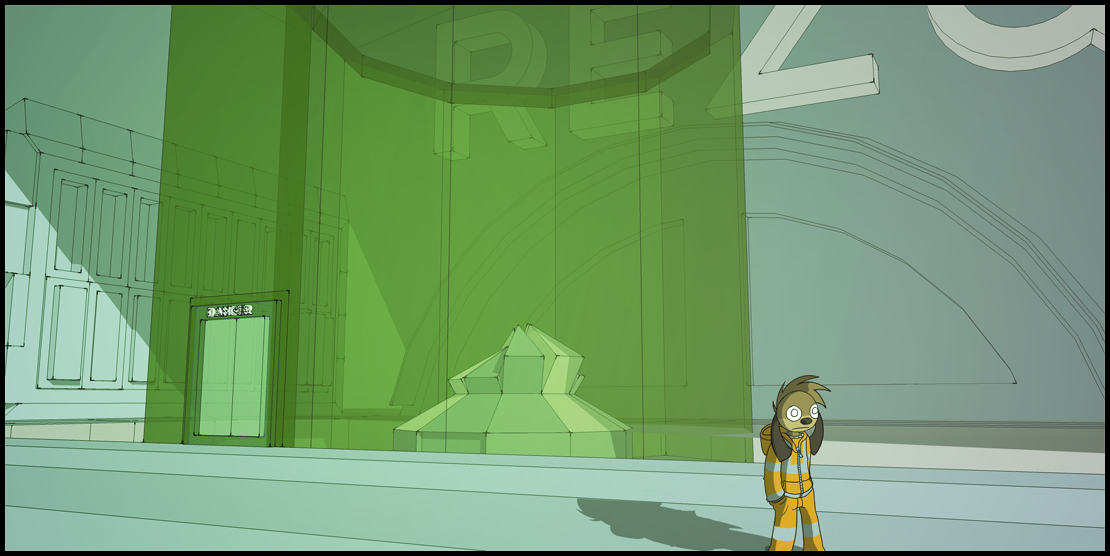
Angel Fish, like all Faster-Than-Light-enabled spacecraft, is dotted with FTL relays, which need to be inspected periodically. These nodes help the central FTL unit, built by the Salient company and powered by a Salient-compliant reactor core, map and boost the extent of the FTL unit’s Area of Effect. That is it’s important to stretch and distort the FTL field so that it will pull the whole of the ship, rather than just part of it, into the puncture that it forces through a multiply-folded point in spacetime.
It’s something like that, anyway. Thom’s not sure how Salient FTL or Salient-compliant reactors work. He knows that you have to have a powerful computer attached to the FTL unit to do the chaos calculations that it requires to accurately place the ship where it’s meant to be going. He knows that there’s a lot of murmuring about the deleterious effects on the body of being subjected to too many FTL jumps, or about the kinds of things that have happened to people who were too close to FTL relays when the jump capacitors were charged and the hop primer was ready to pull the trigger on the jump. But he doesn’t really understand much more than that — or even if that stuff about folded space or chaos calculations actually have anything to do with how the technology works. Even Salient couldn’t tell you now–perfecting FTL travel was the beginning of the end for the Salient corporation.
So as Thom wanders through the FTL relay hangars, he doesn’t really pay much attention. It’s not like he can really tell if there’s anything wrong anyway.

